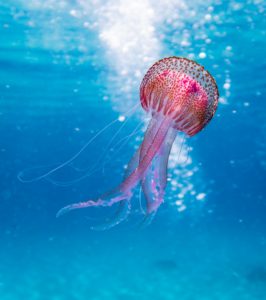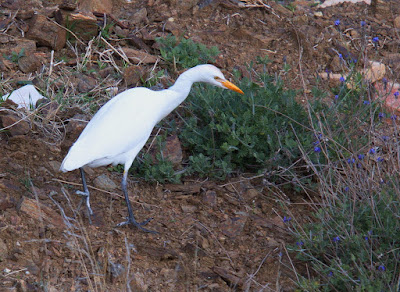Jellyfish behavior: LFF or MRW?

Scale-free distribution of displacement lengths is often found in animal data, both vertebrates and invertebrates. In marine species this pattern has often been interpreted in the context of the Lévy flight foraging hypothesis (LFF), where optimal search is predicting a scale-free power law compliant movement when prey patches are scarce and unpredictably distributed and a more classic and scale-specific Brownian motion-like motion when such patches are encountered (Viswanathan et al . 1999). In a study on the jellyfish Rhizostoma octopus such an apparent toggling between two foraging modes were found, but critical questions were also raised by the authors (Hays et al . 2012). Here I come the authors “to the rescue” by suggesting that an alternative model – the Multi-scaled Random Walk (MRW) – could be included when testing statistical classes of foraging behaviour. I cite from their Discussion: In some periods (when integrated vertical movement was low), vertical excursions were ...


